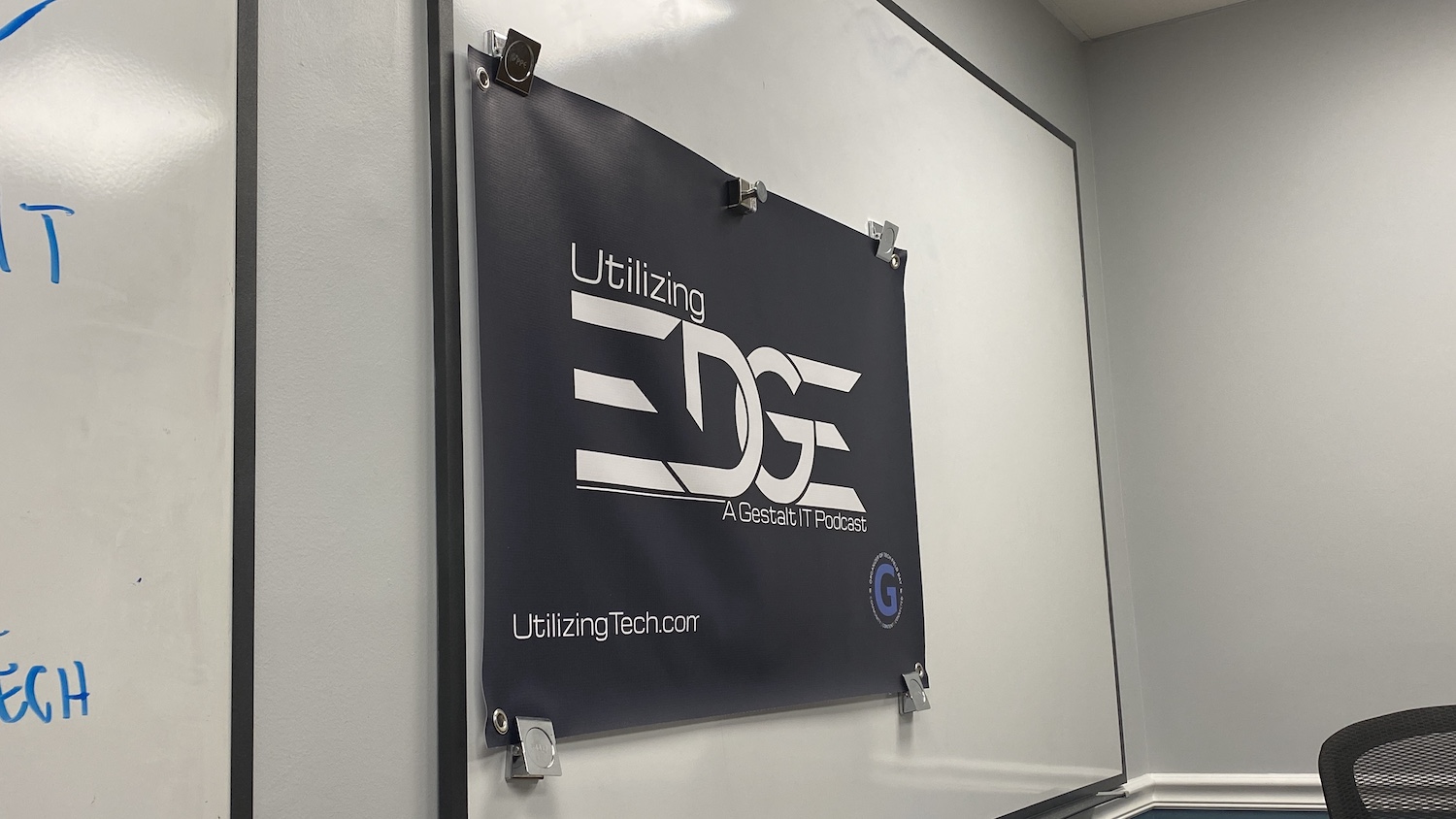Near Edge and far Edge are utilitarian terms – they tell us where the Edge ‘is’. Namely, the near edge tells us it is most likely on-premises, such as a hardware deployment in a brick-and-mortar store, while the far Edge can be a couple of hundred miles away, like with a Cloud or CDN.
I have previously mentioned that the purpose of the Edge is to support near-real-time processing. Generally speaking, we perceive responses as being real-time when they are returned in under 20 milliseconds. Whether the Edge is near or far doesn’t matter as long as my workloads are not further away than 20ms roundtrip.
The major distinction between near Edge and far Edge use cases is the flow of data. For the far Edge (Edge Platforms, CDNs, and Clouds), you would push data onto the end users. That means that you deliver videos, support real-time personalization of user sessions, optimize website performance, and deliver gaming experiences.
For the Near Edge (deployment of hardware on-premises) data is generated and processed at the edge, and then it is pulled to a central system for other non-real-time use cases. For example, you would monitor and process in real-time an OT system for unexpected behaviors and then would pull the data from multiple Edge deployments to a central system for long-term analysis.

At the moment, the near Edge and far Edge separation locks us into a system with two distinct solutions that cater to different use cases. But there is one quality that’s shared between these two approaches and can help merge the data delivery and generation use cases into a single solution. This is the Cloud-like behavior. If we look at today’s Edge vendors, we see that all of them share the same approach of a centralized cloud-hosted management plane, often referred to as Edge Cloud.
The difference between processing data on the end device (the historic, uncool, pre-Edge way), and processing it at the Edge, is being able to orchestrate and manage all Edge instances from a centralized platform. This enables us to create global and regional policies without having to individually manage every end-user device. One of the clearest examples of a vendor catering to both use cases is F5 with their Distributed Cloud Services.
Conclusion
If my use case is real-time processing of surveillance video to recognize humans, I don’t select a vendor because their solution is a near Edge one rather than a far Edge one. As such, we need to reframe the way we think about Edge, knowing that it doesn’t matter where it is, and what matters is the use cases we have for it. This can help steer customer conversations away from an architectural discussion into a format more suitable for executives and IT decision-makers.




